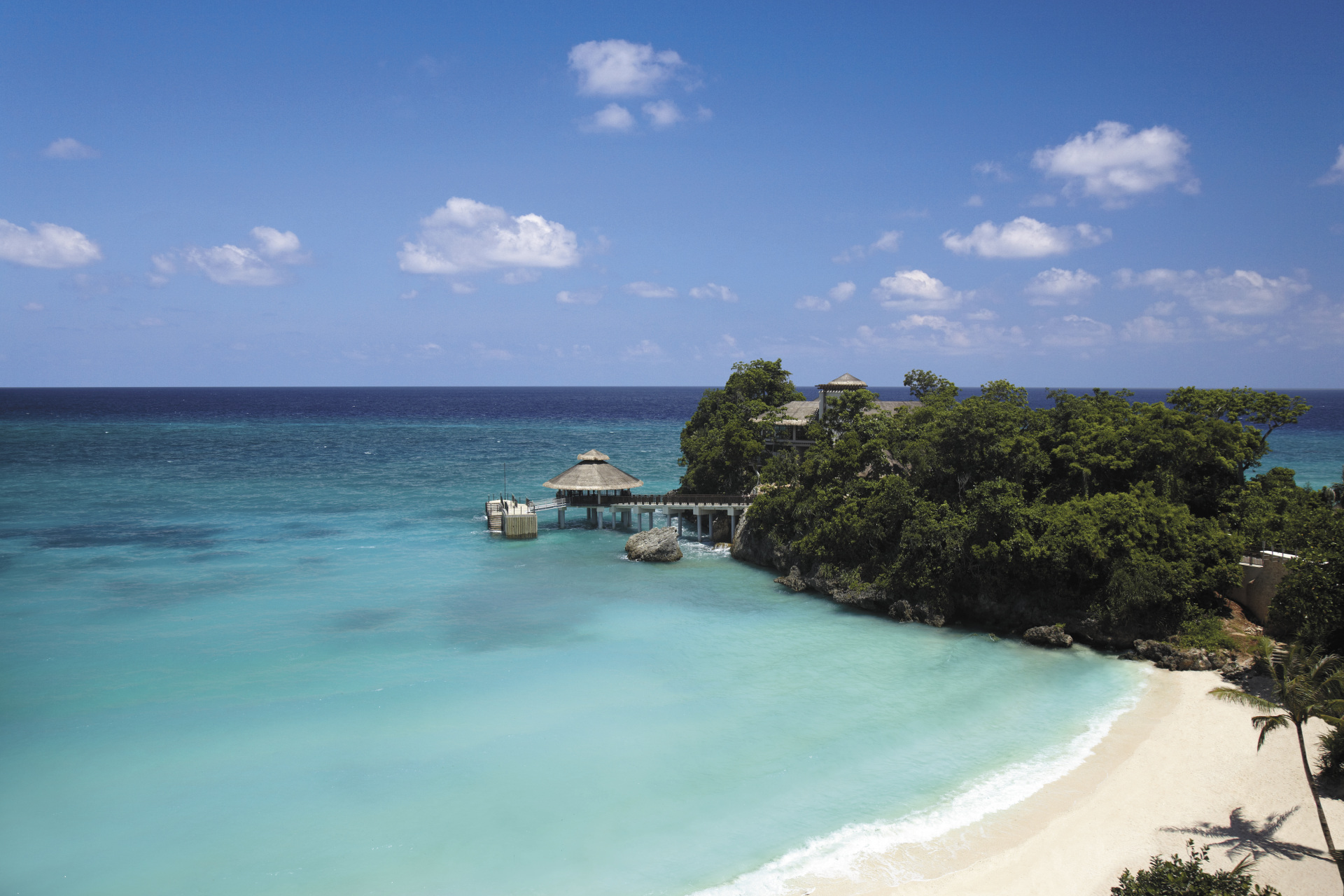2023 Outlook: WATG Strategy predicts the top trends in hospitality
By WATG Strategy
November 28, 2022
Almost three years on and we’re still talking about it: the pandemic brought about huge change in the hospitality industry, but nothing was more evident than its capacity to accelerate trends that had been gathering momentum for many years prior. According to WATG Strategy, 2023 sees a continuation of this theme, with more blurring of market segments, evolving travellers and, you guessed it, wellbeing driving design and demand. Guy Cooke, Director of Strategy for Asia Pacific, shares his predictions for the year ahead.
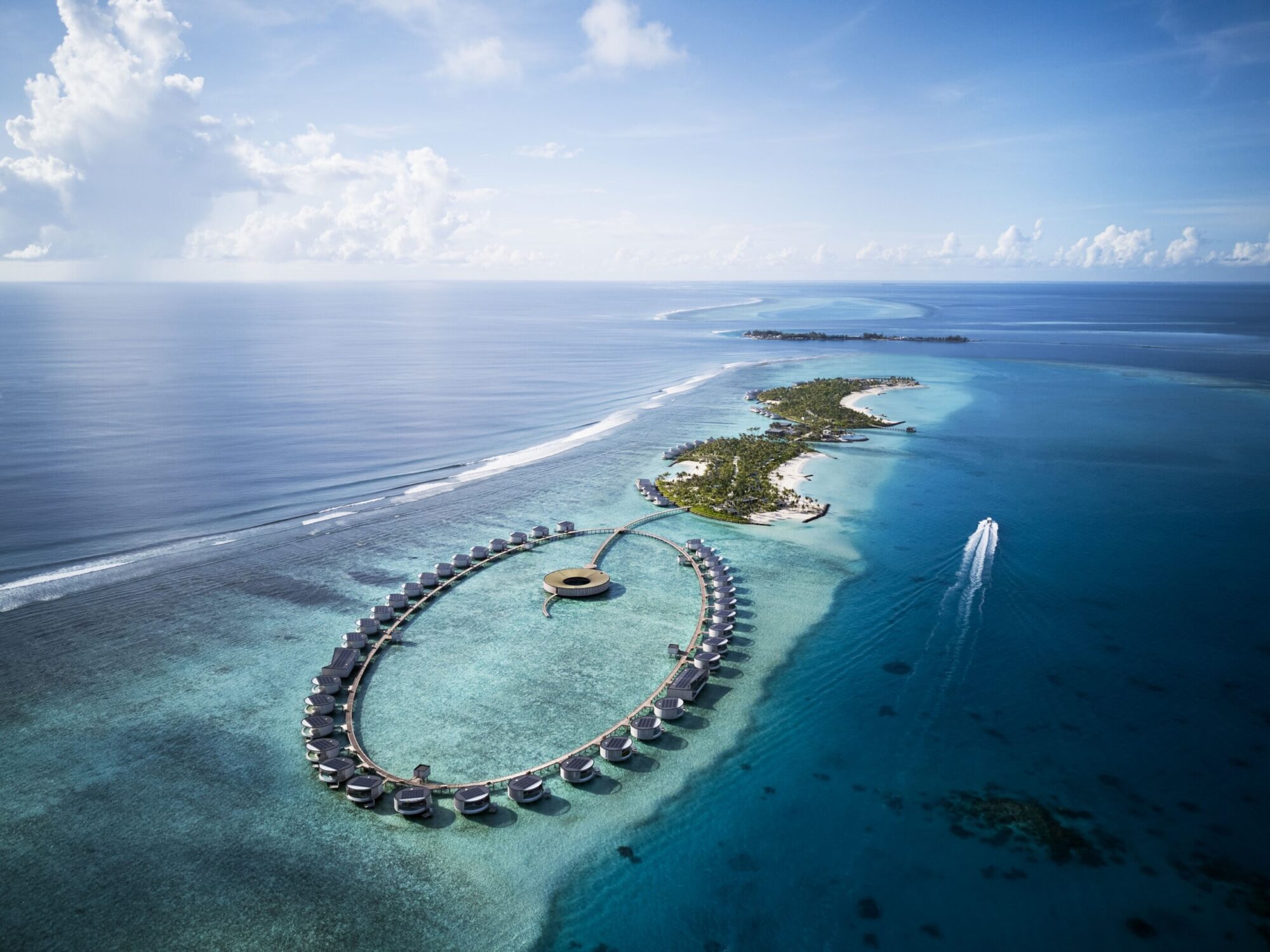
The Ritz-Carlton Fari Islands Maldives. Master Planning by WATG. Architecture for The Ritz-Carlton Maldives by Kerry Hill Architects.
1. Smells like team spirit: exceptional hospitality experiences begin with staff wellbeing
We know that optimised operational design is critical to a hotel or resort’s success – beginning with the back-of-house. But too often staff amenities are overlooked as part of this process. At the outset of any development, we consider how we can support the enhancement of staff wellbeing. Especially in remote destinations, creating happy staff communities is essential to a project’s success – both in terms of attracting and retaining talent, and also raising service standards. Amazing staff accommodation, a high-functioning back of house, and a wide variety of amenities are just the tip of the iceberg. You don’t always need a huge staff campus – many of the same principles that improve a guest’s stay can be applied to the staff experience, such as biophilic design, interesting food and beverage concepts, spaces to relax and take a break, and the use of sustainable, raw, calming materials.
Amazing staff accommodation, a high-functioning back of house, and a wide variety of amenities are just the tip of the iceberg.
Our Singapore office’s master plan of the Fari Islands, Maldives, hospitality campus is a great example of what can be achieved when staff wellbeing is at the forefront of developers’ visions. An entire island was planned as a hub for the various resorts’ associates, functioning and creating an atmosphere more similar to a student campus than a traditional back-of-house environment. Similarly, in another remote location in the Middle East, a staff ‘citadel’ was modelled on modern living, with a focus on quality of life, identity and sustainability. Generous and diverse public areas where staff can meet and interact, open-plan kitchens and various restaurants, multiple pools and retail, education and sports facilities come together to set a new standard for a resort-like community in what was once simply considered a ‘service area’.
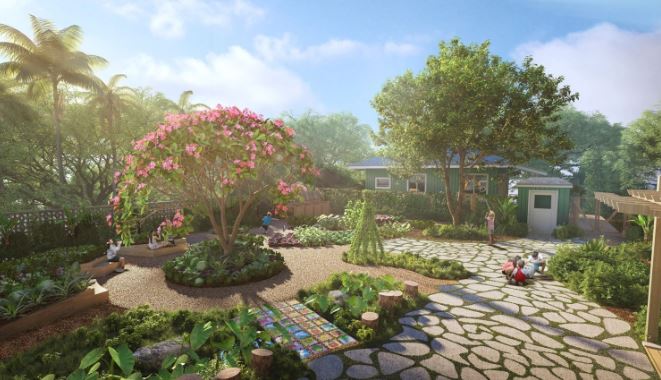
Deserving Designs recipient, the Kōkua Hawaiʻi Foundation. A WATG landscape architecture initiative.
2. What’s happening beneath the surface? All things organic farming
Allotments and rooftop gardens have always been favourable in the primary home community, but this is spreading to the holiday home and resort segments too. People’s desire to reconnect with nature and make more sustainable choices is still strong, while post-Covid attitude shifts and broader awareness of ESG issues are shining a further light on organic farming practices, healthier options, as well as the provenance of food and food miles. Indeed, in both developed and emerging markets alike, we are seeing urban residents craving engagement and immersion within agricultural-based environments. In resort settings, we’re seeing a shift beyond farm to table and into farm to spa, immersive agri-tourism experiences, food concepts driven by centuries-old practices, and beyond. Organic farming is taking centre stage as a leading landscape strategy, seeing the manicured lawns of yesteryear replaced with edible landscapes of rice paddy fields, vineyards, aromatherapy gardens, and so forth.
People’s desire to reconnect with nature and make more sustainable choices is still strong, while post-Covid attitude shifts and broader awareness of ESG issues are shining a further light on organic farming practices, healthier options, as well as the provenance of food and food miles.
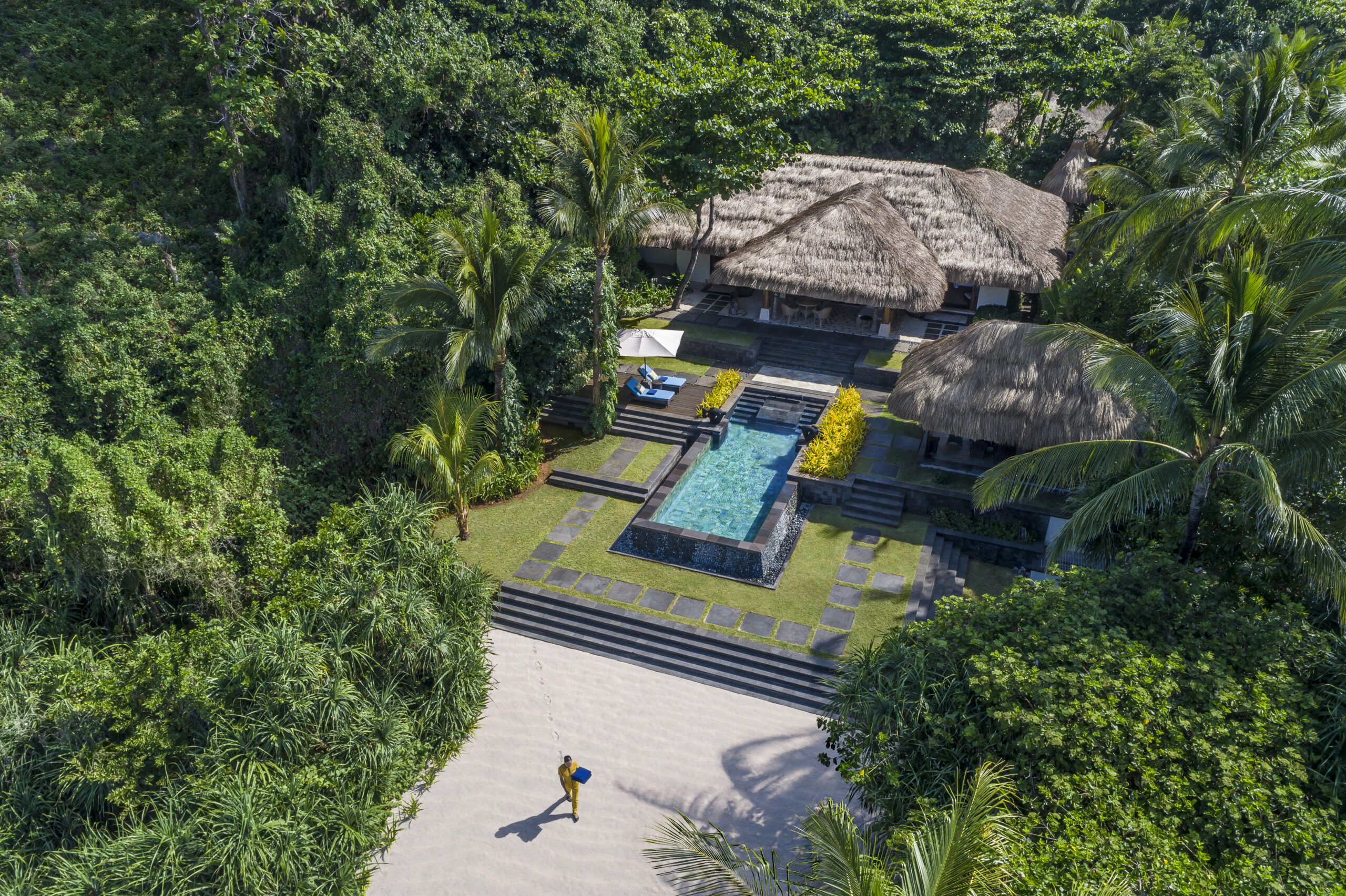
The Shangri-La Boracay, The Philippines, designed by WATG. Image courtesy of the property.
3. Will the ‘work from anywhere’ revolution lead to a rethink of resort design?
‘Digital nomad’ is no longer a title reserved for tech entrepreneurs passing through Bali and Medellin. The pandemic has given us all the opportunity to take on this role. With many industries adopting a hybrid or ‘work from anywhere’ approach, the mindset towards ‘bleisure’ is shifting from travelling for work and adding on a day or two of leisure, to travelling for leisure and working from anywhere. Just as this mindset has shifted, so too have the needs of the traveller, begging the question: are guest rooms and amenities due a rethink to cater better for blended market segments?
The mindset towards ‘bleisure’ is shifting from travelling for work and adding on a day or two of leisure, to travelling for leisure and working from anywhere.
For those opting to travel to an amazing resort and work while they are there, what functionality will they require to stay longer and optimise their ability to work effectively while in resort? Is it just them, or are they travelling with a partner or children and grandparents as well? How can spaces function as a place to work and take video calls as well as somewhere to relax? Strategic design interventions can have a huge impact on ROI for developers and operators – encouraging guests to stay longer and spend more. In 2023 and beyond, we expect to see this manifesting in simple but effective upgrades such as more wardrobe space, desks placed out of view of the bed, greenscreen-appropriate wall coverings, and an increase in suites and adjoining rooms that can be adapted to suit the specific needs of the traveller: gym, second bedroom/child’s room, private office, lounge, and so forth. Of course, the business centre will continue its evolution to respond to modern workplace demands and the creation of more aspirational and inspiring work settings in line with urban co-working trends. At the same time, the functionality of other public areas – from food and beverage to MICE – can be reassessed in light of these changes in guest demand, in order to optimise usage and revenue generation.
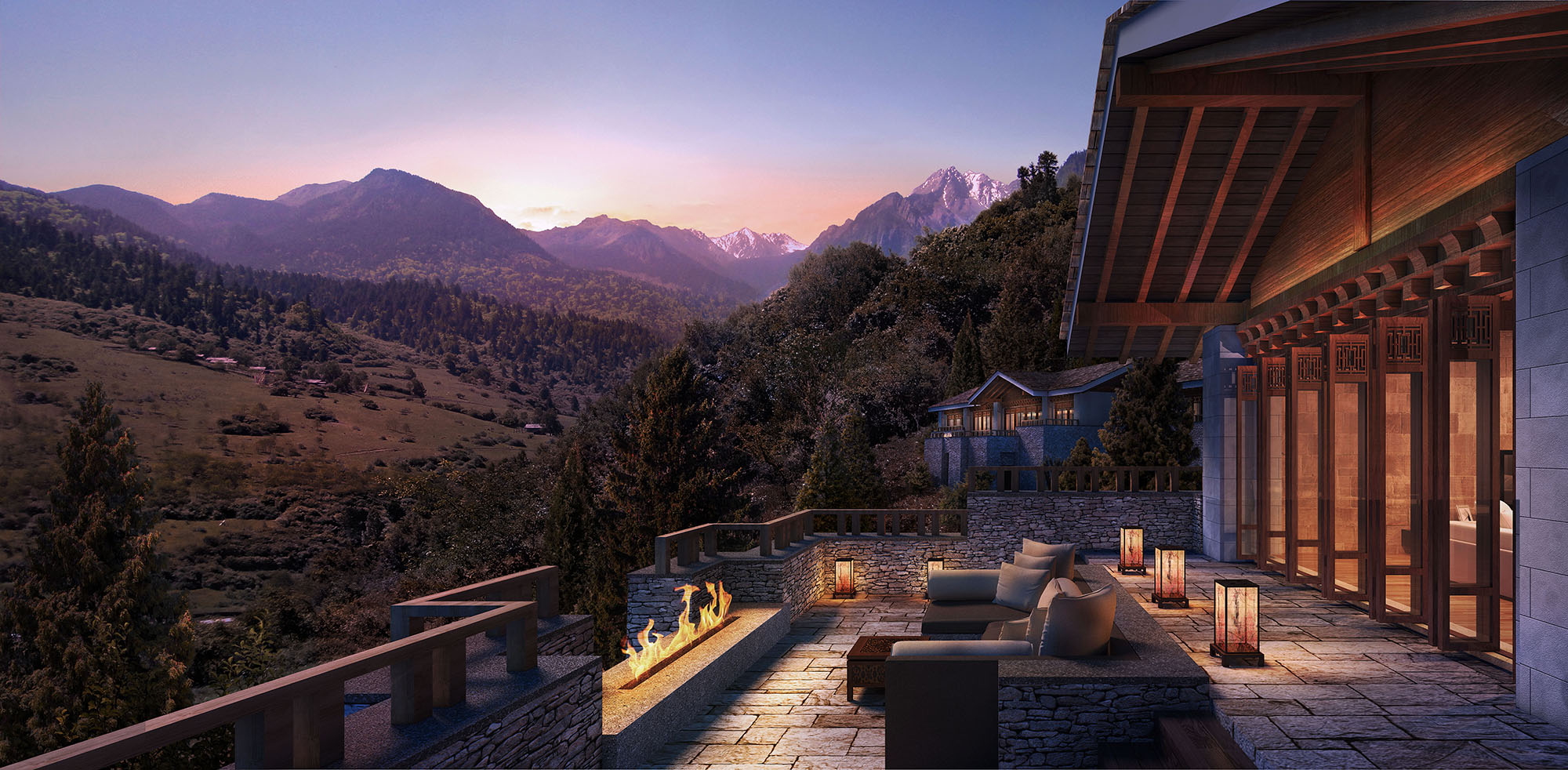
The Ritz-Carlton Reserve Jiuzhaigou, Ritz-Carlton’s first all-villa resort. Architecture by WATG.
4. The suite spot: optimising hospitality for multi-generational travellers
After a period of forced separation, people are more eager than ever to travel, reconnect, and invest in shared experiences with their loved ones, making way for a growing market of multi-generational travellers who are willing to splurge. Finding a hotel that accommodates a diverse group – parents, kids, grandparents, friends or other family – in one space, is an age-old issue. Oftentimes, a room’s inventory cannot appropriately cater for larger family groups, and interconnecting spaces aren’t always practical – especially financially.
After a period of forced separation, people are more eager than ever to travel, reconnect, and invest in shared experiences with their loved ones, making way for a growing market of multi-generational travellers who are willing to splurge.
As designers, how can we ensure our hotels and resorts are being designed effectively to cater to this growing market? And, likewise, from a strategy perspective, what kind of offerings and experiences can we recommend as value adds for both the guest and the operator? Flexibility is key, as is the need to diversify at different times of the year to ensure that your property caters not only to the family crowd (busier during school holidays), but single and double occupancy travellers throughout the rest of the year as well. With this in mind, we expect to see an increase in demand for suites or villas with smart lock-off options, clustered bungalows with flexible configurations, playful single- and double-bunk bed designs, amazing multi-faceted edutainment-driven kids’ clubs, innovative water-play concepts, and more. Collaborative, contextual and memorable experiences will only continue to increase in popularity too.
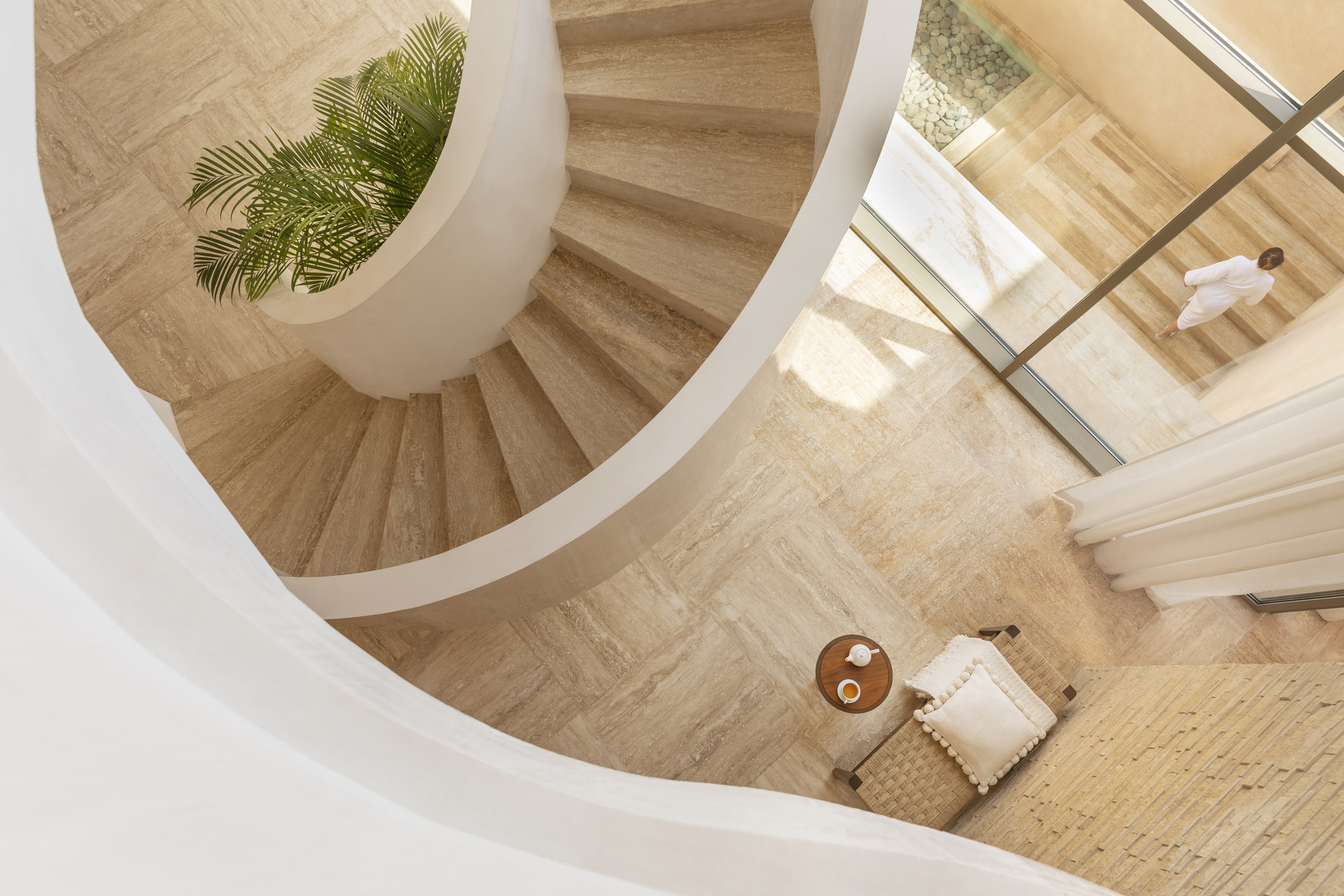
The spa at the Fairmont Taghazout Bay, Morocco, designed by Wimberly Interiors.
5. Surprise, surprise: wellness is still on the list
Wellness is nothing new, and yet it seems to top the trends lists every year. Pre-pandemic, certain brands were synonymous with wellness but we’re now seeing this opening up into a growing portion of hospitality offerings. 3-, 4-, 5-star; it doesn’t matter – wellness is becoming agnostic and expected in every context. We’re also seeing a move away from the traditional spa offering into a much more holistic approach to resort wellness and amenitisation. Wellness amenity, once hidden away in the basement or on lower value land, is now being given prime position with the best views. The offering has also evolved and expanded from spa treatments to more sport and medical-based offerings, as well as turning inward, with greater emphasis on spiritual and mental wellbeing. The evolved offer typically will have a greater relationship to the natural elements of the site or cultural context of the host location – for example, outdoor gyms, hiking trails, dramatic yoga platforms, Onsen hot springs or ayurvedic medicine. From check-in to check-out, enhancing guest wellness begins with strategic thinking and considered master planning, trickling right down into the finishes selected, and sustainable practices too.
Pre-pandemic, certain brands were synonymous with wellness but we’re now seeing this opening up into a growing portion of hospitality offerings. 3-, 4-, 5-star; it doesn’t matter – wellness is becoming agnostic and expected in every context.
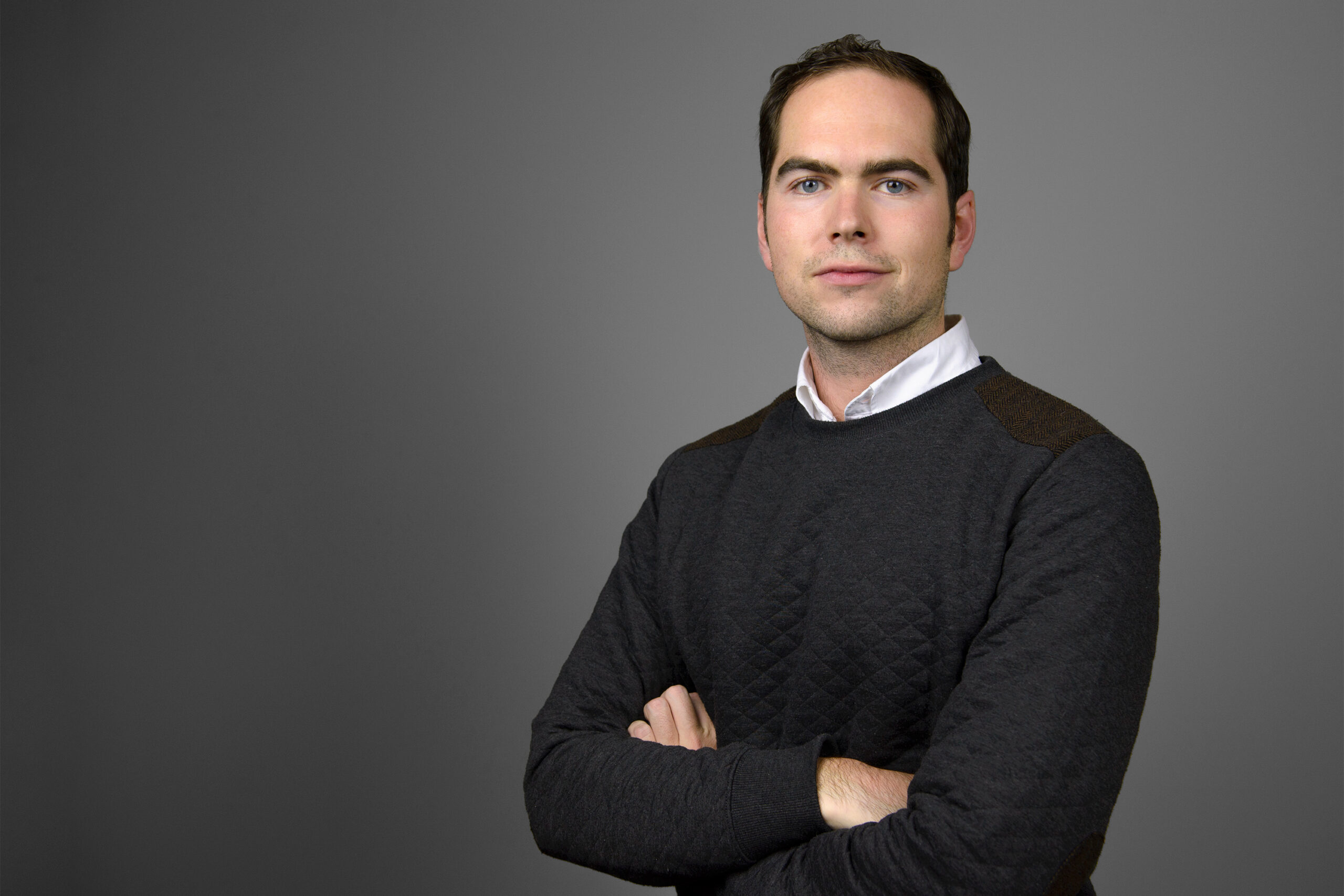
About the author
Guy Cooke is a Senior Associate and Director of Strategy, based in WATG’s Singapore office. With extensive global experience in the hospitality space, Guy’s role focuses on market analysis, development strategy and financial feasibility for the hotel, resort, branded residential, mixed-use and attraction sector. He is an avid follower of lifestyle trends and market insights and collaborates with our design teams to ensure creative yet strategic, future-proof solutions for clients and end-users.
Latest Insights
Perspectives, trends, news.
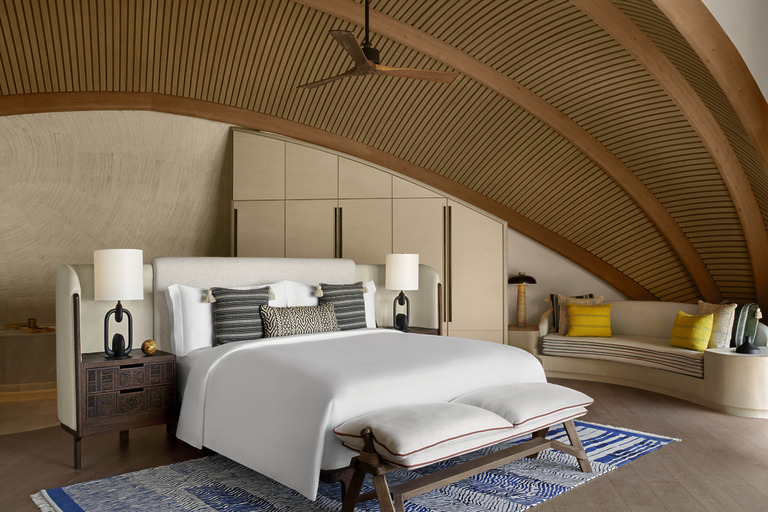
- News |
- Trends
Interior Design Trends 2025: Emotional, Experiential, and Environmentally Conscious Spaces
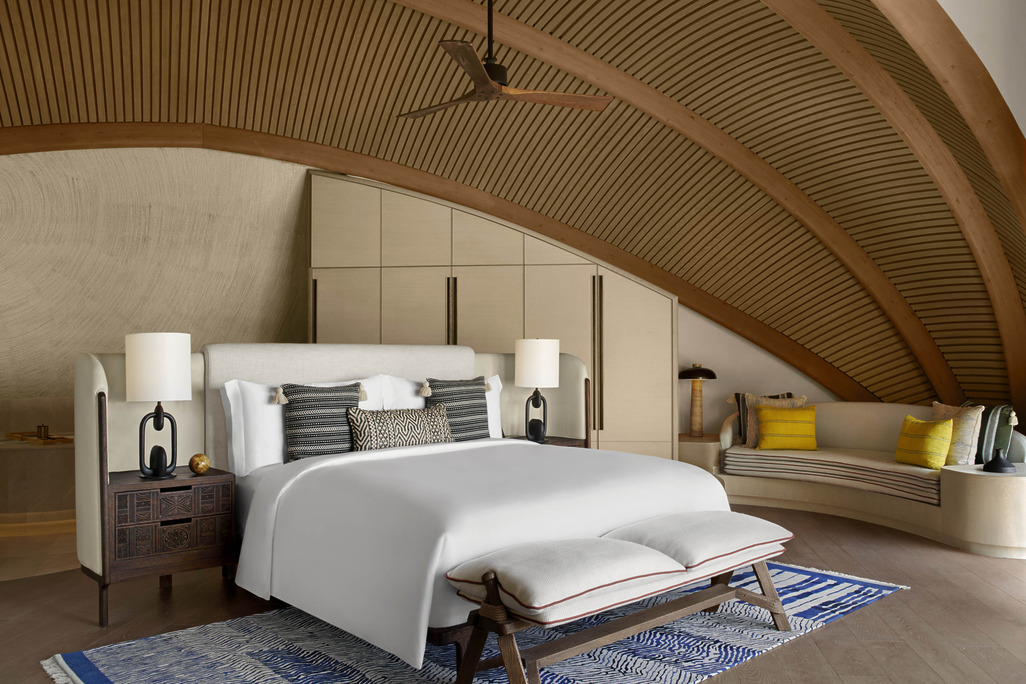
- News |
- Trends
Interior Design Trends 2025: Emotional, Experiential, and Environmentally Conscious Spaces
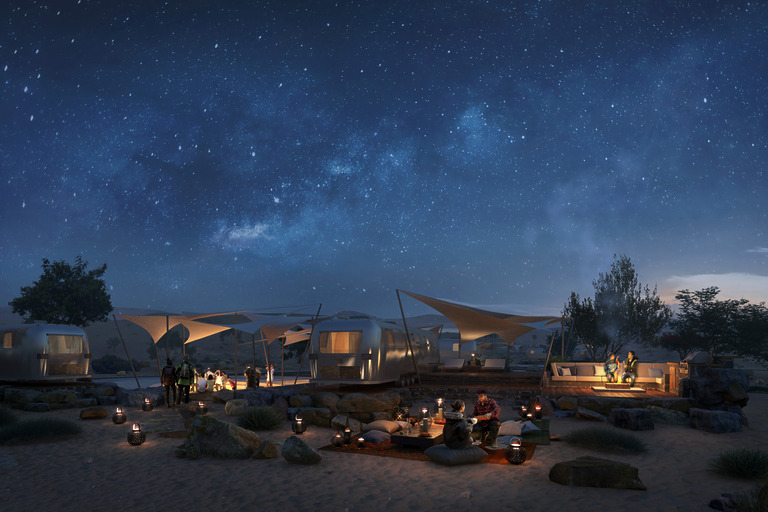
- Strategy & Research |
- Trends
2025 Outlook: WATG Advisory predicts the top hospitality trends.
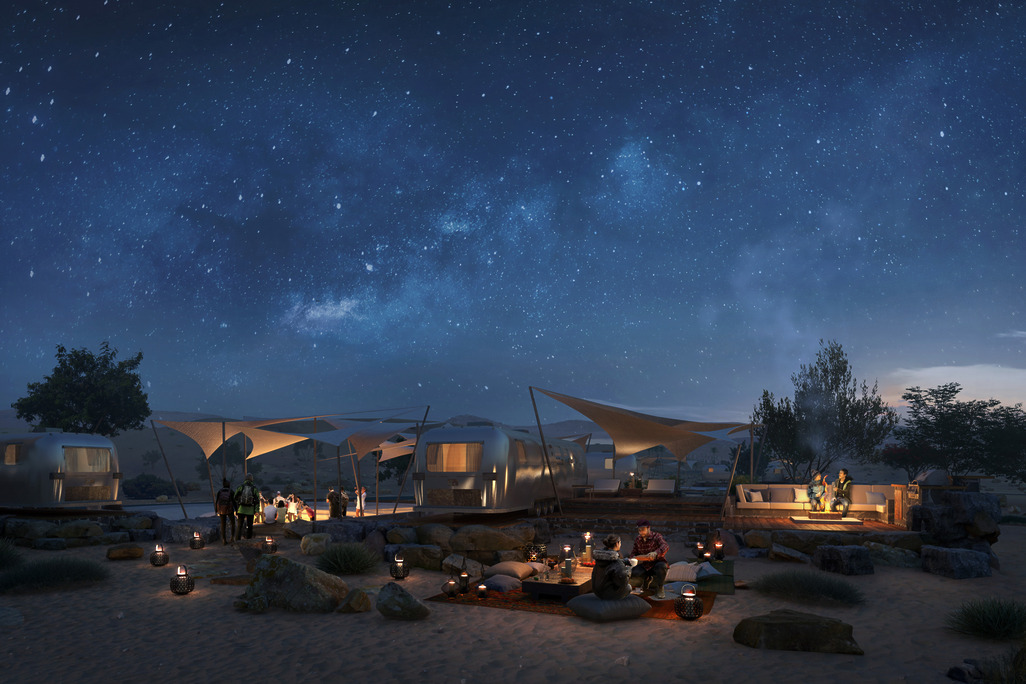
- Strategy & Research |
- Trends
2025 Outlook: WATG Advisory predicts the top hospitality trends.
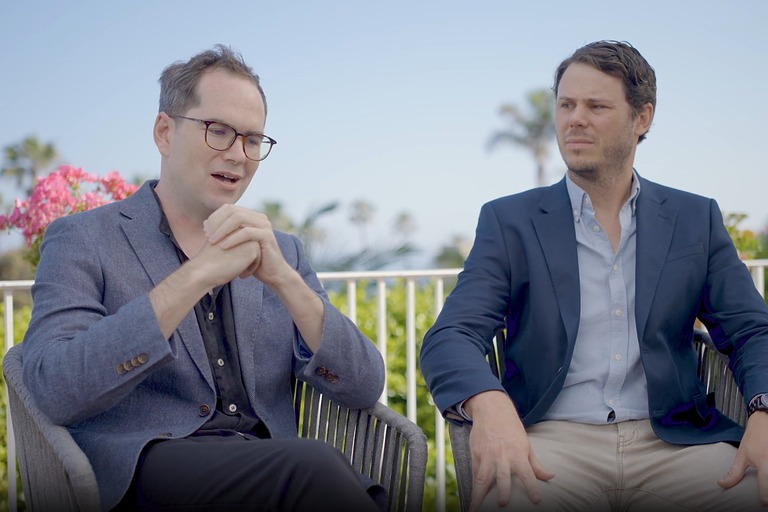
- Employee Feature
Unlocking Value & Vision: Guy Cooke & Rob Sykes Discuss WATG Advisory’s Bespoke Approach
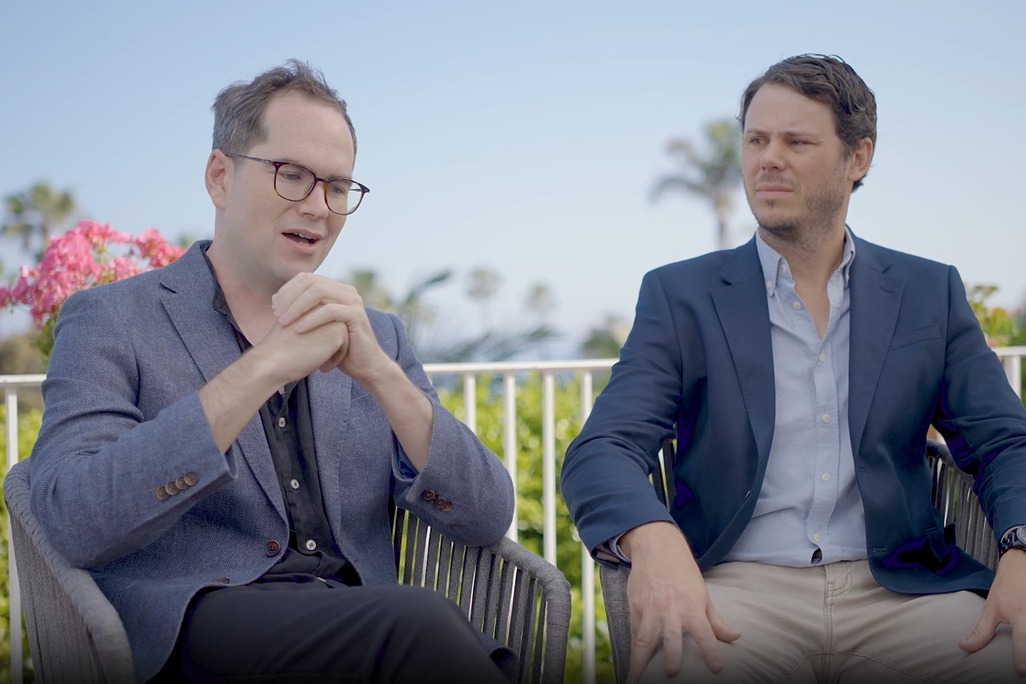
- Employee Feature
Unlocking Value & Vision: Guy Cooke & Rob Sykes Discuss WATG Advisory’s Bespoke Approach
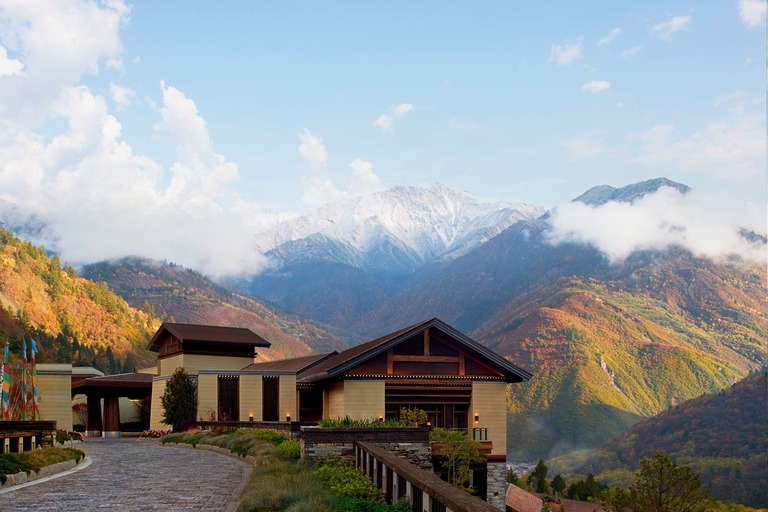
- Case Study |
- Design Thinking & Innovation
In Conversation: Marcel Damen, General Manager of Rissai Valley, a Ritz-Carlton Reserve

- Case Study |
- Design Thinking & Innovation
